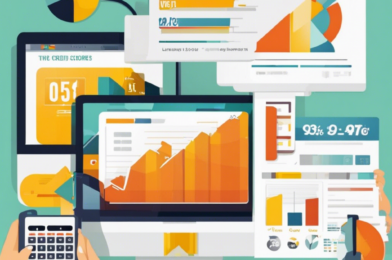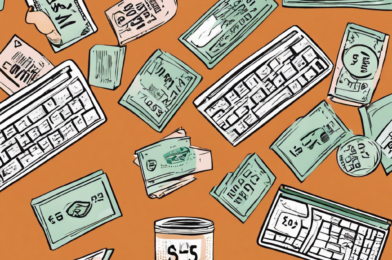## Building Wealth: A Journey Towards Financial Freedom
Embarking on the path to financial prosperity is an exciting and empowering journey, especially when you begin early. Building wealth in your 20s and 30s can provide a solid foundation for a secure future, but it requires discipline, strategic planning, and a willingness to learn. This step-by-step guide will navigate you through the process of establishing and growing your wealth, ensuring financial stability and a brighter future. Let’s dive right in!
**Step 1: Laying the Foundation – Understanding Your Finances**
The journey to financial success starts with self-awareness. Begin by understanding your current financial situation. Calculate your net worth, which is the difference between your assets and liabilities. Knowing where you stand financially will help you set realistic goals. Create a monthly budget to track your income and expenses. This simple practice will give you control over your finances, allowing you to save and invest wisely. Avoid lifestyle inflation, where you increase your spending as your income grows. Instead, focus on saving and investing a significant portion of any income increases. Cultivating a frugal mindset early on will significantly contribute to your future wealth.
**Step 2: Set Financial Goals and Create a Plan**
Define your short-term and long-term financial goals. Do you want to buy a house, start a business, or retire early? Assign a monetary value and timeline to each goal. This process will provide a clear roadmap for your financial decisions. Consider different investment options like stocks, bonds, and real estate. Each has unique risks and rewards, so educate yourself to make informed choices. Diversifying your investments is crucial to managing risk effectively.
**Step 3: Start Investing and Automate Your Savings**
Investing is a crucial step in wealth creation. Take advantage of compound interest by starting early. Open a retirement account, such as a 401(k) or IRA, and contribute regularly. These accounts offer tax advantages and can grow substantially over time. Automate your savings by setting up regular transfers from your checking account to your savings or investment accounts. Automation makes saving effortless and ensures consistent progress.
Stay tuned for the following sections, where we dive into more advanced strategies for building wealth and explore the importance of continued financial education.










